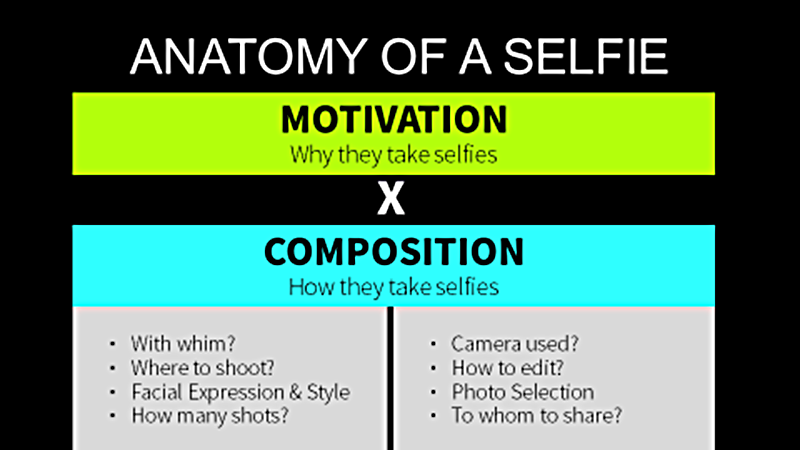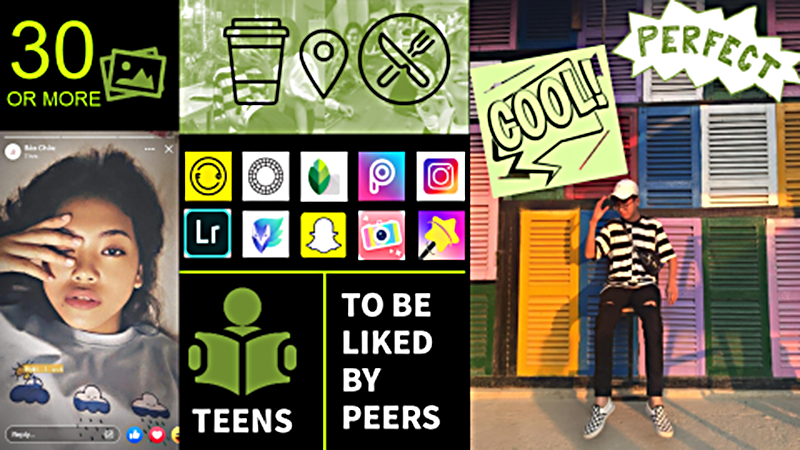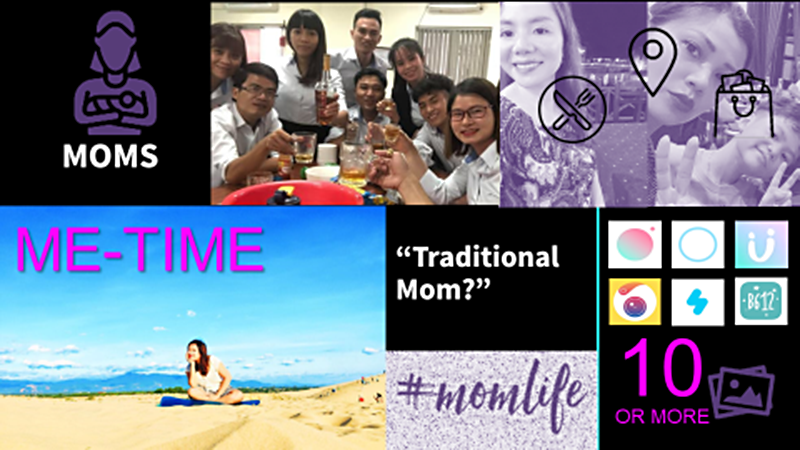- News
- Research
- Events
- HILL
HO CHI MINH CITY—October 4, 2019—Hakuhodo Inc., Japanʼs second largest advertising company, is pleased to announce that the Hakuhodo Institute of Life and Living ASEAN (HILL ASEAN) Vietnam Team announced findings from its latest research into ASEAN sei-katsu-sha* at HILL ASEAN Sei-katsu-sha Forum 2019 in Ho Chi Minh City.
With the theme “The Evolution of Sei-katsu-sha Behavior through the Lens of Technology,” the forum aimed to understand Sei-katsu-sha and technology has been the most impactful factor in driving their behavior in the past few years.
The Forum was led by Hakuhodo Asia Pacific Co., Ltd. Managing Director Masato Saito; Hakuhodo Vietnam Group’s COO/CMO Ginta Yamaguchi, Digital Director EJ Mangahas, IMC Director Noboru Watanabe, Strategic Planning Manager Diem Dang, and Strategic Planner Thao Ngo; Hakuhodo Product’s Inc. Shopfront Director Natsuki Kumagai; and Square Communications Digital Officer Hien Nguyen; with HILL ASEAN Institute Director Farhana Devi Attamimi giving the keynote presentation.
* Sei-katsu-sha are more than simply consumers, just as people’s lives and lifestyles include more than just shopping. Hakuhodo introduced this term in the 1980s to emphasize its commitment to a comprehensive, 360-degree perspective on consumers’ lives.
Outcome of the Survey in Vietnam
-Selfies: Lessons from the Masters of (Self) Branding
In Vietnam, the most transformative medium society has encountered in the last few years: the selfie.
The result of the smartphone revolution, the selfie is the most ubiquitous and pervasive medium that society has encountered in the past few years. HILL ASEAN Vietnam Team believes that the selfie has transformed sei-katsu-sha into the ultimate self-branding experts and that through understanding their behavior and motivations, brands can uncover lessons in branding and maintaining an impactful presence online.
Unlike self-portraits which have long existed in history, the selfie is not just a medium in which people use to record memorable moments. In fact, the selfie is the ultimate self-expression tool for sei-katsu-sha to project their personal branding and be seen as unique individuals on a regular basis. Through the transformative power of the internet, mobile and social media; sei-katsu-sha utilize the selfie to deliberately craft and mold their personal images online for the consumption of their peers.
This self-branding behavior is similar to what commercial brands and marketers do to capture the attention of their audiences, communicate their message, and gain support for the products they sell. If we understand people’s personal branding behavior through the use of selfies, then we can learn more about how to stand out and capture our own audience’s attention, especially in this day and age where everyone and everything is competing for the online audience’s attention.

Understanding the Anatomy of a Selfie.

To gain a wide understanding of this phenomenon, we conducted in-depth interviews and quantitative surveys with three major group of respondents: teens, moms and high-income men from the key cities Ho Chi Minh City (HCMC) and Hanoi. Further, we scanned through over 10,000 publicly shared selfies to have a visual understanding of what they are.
Through our research, we identified two main components that make up any sei-katsu-sha’s selfie: motivation and composition. The motivation reveals why they are posting a selfie and to what end, while the composition is how they create the selfie including who is included, where they take it, their facial expressions and style, and how many shots it takes to capture the perfect selfie.

Uncovering the Differences and Characteristics
Based on our findings these three groups have three distinct motivations and composition behavior and through these they reveal what their personal branding goals are.

Teens who participated revealed that their top motivation is “to express their own beauty and distinguishing qualities” and “to feel more confident and attract more attention” from others. This means that they are driven by their desire to be liked. They also shared that while taking a selfie with friends is great, being in the selfie solo is more important. The teen selfies are usually taken at iconic and popular check-in spots which can make them cooler and more “in” amongst their peers. Teens also tend to try more crazy facial expressions and hip styles to distinguish themselves from the crowd.

While the findings for moms reveal that they take selfies to express that they are more than just moms. This means that they frown on being seen as just moms like the rest and having their personal passions and life beyond the family overlooked. Of course, they embrace their motherhood by sharing a lot of selfies with their kids mostly but they also make sure that they share moments that reflect their passions and hobbies. This is why they like taking selfies in locations that are tangible and reflect their personal tastes.

Finally, high-income men revealed that selfies are a reflection of their successes. These high-income men show their success and pride—whether in their work with their colleagues or in fatherhood with their kids—in the selfies they take. But this showing off is not shallow, as the men tend to accompany the selfies with meaningful storytelling or anecdotes. They like to take selfies in what they consider places of achievement like their cars or on business trips and family vacations.
The study also revealed very distinct tendencies between sei-katsu-sha in HCMC, who tended to be more individualistic and those in Hanoi, who exhibited a greater sense of collectivism.

Brands Helping in Self-branding
Unsurprisingly, the respondents all agree that commercial brands and products do play a role in how they achieve their personal branding goals. The HILL ASEAN Vietnam Team identified what role these three groups expect from the commercial brands that communicate to them.
• “Identity Enhancing” Brands
For teens, it is important for brands to play a role in enhancing their identity and social status. This includes providing avenues to express themselves and delivering experiences that are trendy and newsworthy. Brands that wish to be loved by these teens should make them look cool and desirable to their peers and social networks.

• “Self-liberating” Brands
Moms appreciate it when brands look at them more than as just moms and recognize their womanhood and personal passions beyond the family. Brands should aim to make these women feel more independent and pampered if they are to be loved by these moms. There is more to life than being a mom and they support brands that support them to be more.

• “Pride Maintaining” Brands
High-income men like brands that stand for success. Brands should recognize their personal and professional achievements and allow them to express their pride for all their accomplishments. Bespoke experiences and meaningful stories are some of the things that brands can deliver these high-income men.


The Ultimate Lesson for Brands through the Selfie
If the selfie phenomenon has taught us anything, it is that sei-katsu-sha increasingly express themselves more as individuals and not as part of a group. Brands would be wise to then treat them and communicate with them as individuals and not just groups or segments of consumers. Thankfully, today’s technology allows for data to be used to really understand sei-katsu-sha.

Reference: Outline of the Survey
In order to pursue the truth of selfies, we divided targets into three groups: Teens, Moms, and High income men. Hakuhodo Institute of Life and Living ASEAN Vietnam Team then conducted three types of surveys.
• Qualitative Research
Survey method: Focus group discussion (FGD) and In-depth interviews (IDI)
Respondents: 15-49 years old, class AB
Sample size: 8 FGDs & 4 IDIs in HCMC and Hanoi
Survey period: July-August 2019
• Quantitative Research
Sample size: 8 FGDs & 4 IDIs in HCMC and Hanoi
Survey period: July-August 2019
• Quantitative Research
Survey method: Internet survey
Respondents: 15-50 years old, class ABC
Sample size: 263 respondents in HCMC and Hanoi
Survey period: August-September 2019
• Street Interviews
Survey method: Street interview
Respondents: 15-50 years old, HIB class AB
Methodology: 4 days x 16 spots in HCMC and Hanoi
Survey period: August-September 2019

About Hakuhodo Institute of Life and Living ASEAN (HILL ASEAN)
Established as an in-house think tank studying sei-katsu-sha in 2014, HILL ASEAN was incorporated in Thailand in March 2017. It supports clients’ marketing activities in ASEAN through insights into and proposals for ASEAN sei-katsu-sha.
Trade name: Hakuhodo Institute of Life and Living ASEAN
Managing Director: Goro Hokari
Institute Director: Farhana Devi Attamimi
Location: Bangkok, Thailand

Research & other activities:
• Research and analysis from new perspectives in ASEAN countries
• Forums in ASEAN countries
To learn more, visit: http://hillasean.com/












